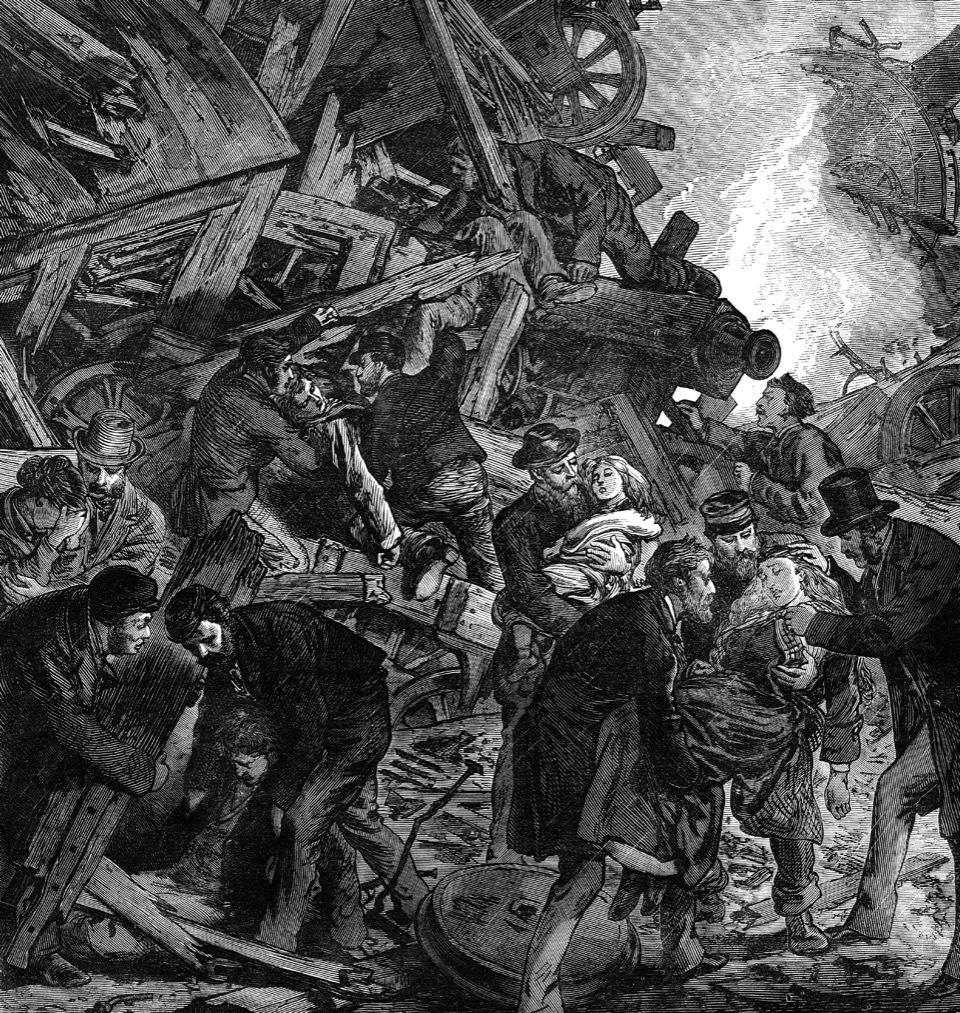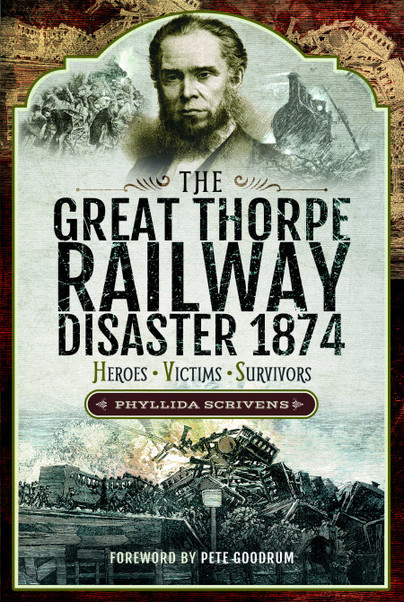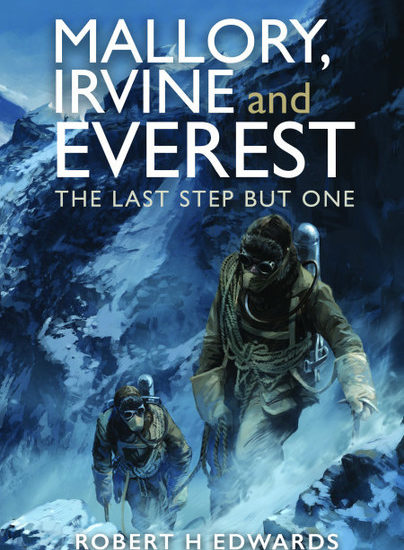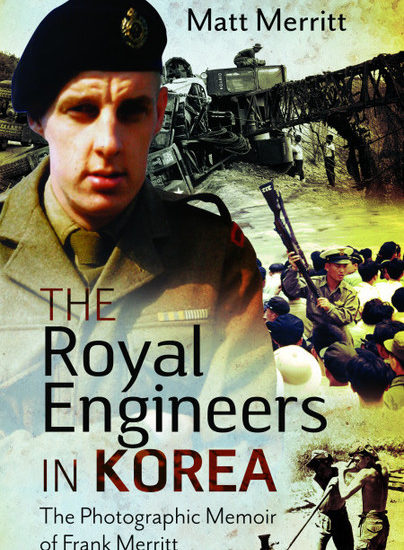147th Anniversary of the Great Thorpe Railway Disaster
Today, 10th September 2021, is the 147th anniversary of the Great Thorpe Railway Disaster, described by the subsequent Board of Trade Inquiry as “the most serious collision between trains meeting one another on a single line of rails that as yet been experienced in this country”. It is a fascinating tale and one that has captured the imagination of residents of Norwich and the nearby riverside village of Thorpe St Andrew, for many decades.

Later this month, a new book, The Great Thorpe Railway Disaster 1874: Heroes, Victims, Survivors, by Pen and Sword writer and biographer Phyllida Scrivens, will be published by Pen and Sword History. For the first time, the personal stories behind the 28 victims, notable survivors and ‘heroes of the hour’ will be revealed, their names until now only recorded as a list.
Tonight Phyllida, who lives only yards from the accident site, will host a commemorative dinner in honour of the victims. Appropriately, the venue will be The Rushcutters Inn, a 17th century riverside pub, formerly known as the Three Tuns. Incredibly this is the very place where the dead and the dying were laid out on the night of 10th September 1874. Amongst the guests will be the Mayor of Thorpe St Andrew, the local Rector, members of Thorpe History Group and a descendent of Stephen Field, a boat builder who helped with the rescue effort, sheltering the dying and injured inside his boathouse opposite the pub.
Phyllida explains, “On that wet and windswept evening nearly 150 years ago, a momentary misunderstanding between the night inspector and young telegraph clerk at Norwich Thorpe Railway Station, resulted in an inevitable head-on collision between two full passenger trains, one travelling from Lowestoft via Yarmouth and Brundall, the other from London to Yarmouth via Norwich. The residents of the picturesque riverside village of Thorpe-Next-Norwich were shocked by a ‘deafening peal of thunder’, sending them running through the driving rain towards a scene of destruction. Surgeons were summoned from the city, as the dead, dying and injured were taken to the skittle alley at the Three Tuns inn and into the nearby boatyard. When researching the lives of the victims, I was astonished to discover that every class of Victorian society was travelling that night, including ex-soldiers, gentlemen landowners, clergymen, doctors, drapers, fishmongers, seamstresses, saddlers, domestic servants, a beautiful heiress and astonishingly, two future Mayors of Norwich. Their backgrounds and lives involved adultery, divorce, illegitimacy, secret families, bankruptcy and dreadful poverty.”
While forensically interrogating contemporary newspaper reports, Phyllida uncovered little known details about the scene of the accident, the resulting inquests, manslaughter trial and unprecedented compensation cases against Great Eastern Railway.
Phyllida says, “It took two years to research and write this book. Although based wholly on factual evidence from various sources, I present the story using dramatised events, suspense techniques and informed speculation. If readers would like to learn more about my research sources, references will be periodically added to my website at www.thegreatthorperailwaydisaster1874.com”

…………………………………………………………………………………………………………………………

The Great Thorpe Railway Disaster 1874 is available to order here.

